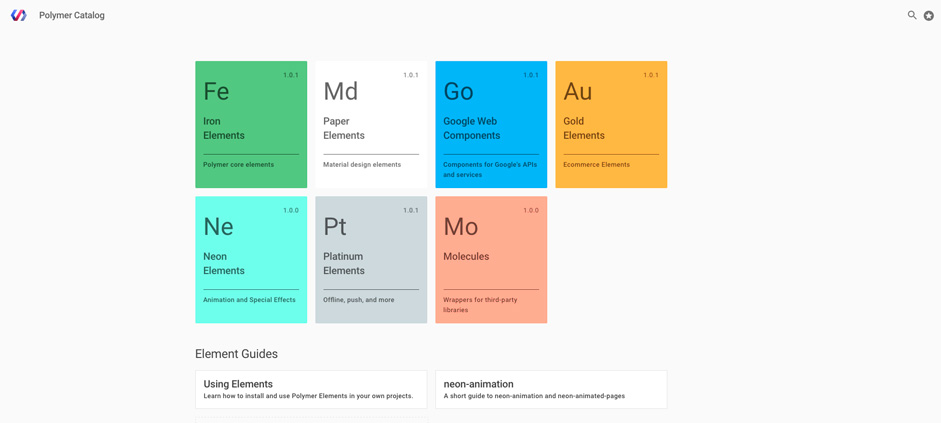
There was no bifurcation among the front-end or the back-end developers until the arrival of the web.
We had C, Pascal and Fortran programmers and the language used at that time was detailed and descriptive.
The web brought along with it a whole new concept of developers and designers. In the beginning they started writing templates in PHP and ColdFusion which was then shifted to JSP and ASP.net, so as to make HTML which worked on the browsers. Though it seemed divided, developers were basically coding on the server side, this was the beginning of the separation between front and back-end.
Following the wrong path
As a result, a lot of people jumped on the trend so as to be the leaders of the web world. They were highly excited and created tables for layout with no semantic tags and with sense of separating paragraph and text. However, we have all transcended that phase and have evolved the way we present ourselves.
…Vs taking the right path
Though it took some time to refine the web experience, we eventually realized that following the refined approach hardly consumes any time and yields better results than our obsolete methods.
Additionally, it was realized that good coding was the major factor to bring out the best results in front-end development.

Compatibility
AngularJS, React, BackboneJS, family endures division
Availability of different coding environments has resulted in questioning the code compatibility. We have a complete family of Javascript frameworks namely AngularJS, React and Backbone.js. This family has attained a special compatibility level, wherefore there is no compatibility risk in developing JS based applications. Furthermore, the modern age frameworks have better compatibility with browsers which were launched way back such as IE7, IE8 etc. Their high-end compatibility is the reason why these browsers are used by the major companies.

Web Components
Libraries advocate these components!
Web components are gaining credence and have eventually acquired an immovable space in the front-end development world. Web components have simplified the way UI components are being developed by fostering reusable components and sharing knowledge. It focuses on “web componentizing” which is favored by well known libraries such as React, this in return the focus on developing fully functional web applications in a tree-like approach. Along with this there is great progress in Web Components and it is widely promoted by renowned libraries viz. X-Tags and Polymer.
Another important feature of Web components is that it handles all the web development challenges. Namely bad cohesion, no ability of reusing the components for different purposes, code redundancy, lack of certification and testing by the community and poor coupling, amongst others. They certainly work as a booster for the web development world.

Mobile-first Design
Users won't purchase the device which suits your website!
Be it their easy-to-carry or easy-to-use virtue, one noteworthy fact is this that Mobile devices certainly have the market in their clutches. This has given a new dimension to the front-end development world which is known as Mobile first. Web traffic from mobile devices is surging day by day and this has resulted in the development of high performing apps on all screen sizes. These devices are feature rich and thus it is further incumbent on the developers to harness features such as GPS trackers, multi-touch, real -time trackers and so on to deliver a power pack app.
User Experience
Simplicity is the key!
User experience became the undisputed king of the web development world. Every company which offers web services aimed to provide the best user experience in the web development world. Inducing intuitiveness to the apps was the prime concern of the developers. The result was simple and flat designs along with scrolling pages. This permitted the appearance of more content in a single page which is effortless when compared to making users click on multiple page links. The most intriguing part about these trends is that in the end they all culminate to provide the best user engagement and experience. They intend to be highly intuitive and give users a cleaner and higher performing interface, irrespective of the device the user is currently using or if they switch devices.

Moreover, the community of front-end developers will continue to thrive with advancement in the presentation skills and technological levels in web development.
2015 was more about lucid front-end development which aimed more towards transmitting information subtly. Although simple, these trends gave birth to extremely intelligent design patterns with high aesthetic value. It's the simplest things in the world which are the most difficult to create. Chanting simplicity as their new front-end slogan, designers have embarked on a new journey. What about you?!
Author Biography:
Jack Calder is a sincere and strategy maker at Markupcloud Ltd- a PSD to HTML service company. Jack has been working here from the very beginning as Senior Web Developer, taking care of all design and development needs of the company and clients. He loves to roam around with friends and learn new things.
